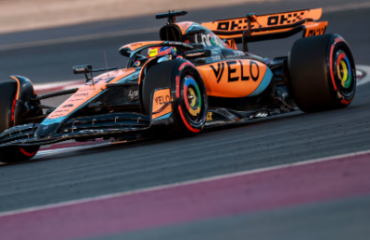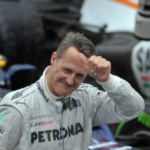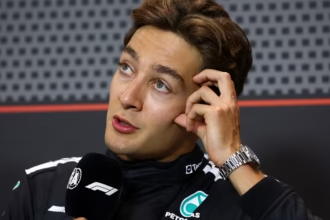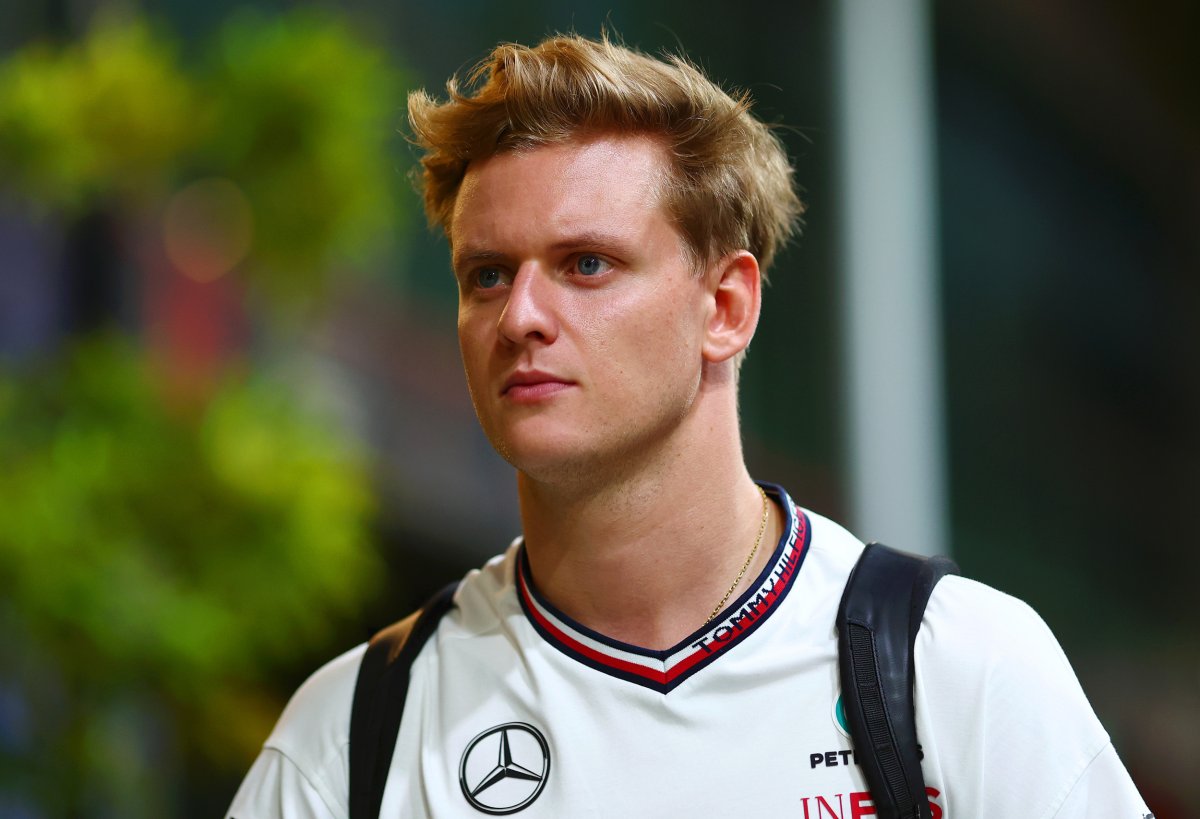Last Wednesday, amidst light rainfall in Northamptonshire, the distinct sound of a V6 turbo hybrid Mercedes power unit echoed through the bends of Silverstone as McLaren’s 2024 contender, the MCL38, thundered around the track for its inaugural outing during their filming day. Such filming days, customary for most teams early in the year, serve specific purposes and offer valuable insights.
So, what exactly entails a filming day?
Teams are permitted two filming days annually, during which they can operate a current-spec car for up to 200km per day (an increase from 100km in the previous year), utilizing demonstration tires and adhering to strict regulations that prevent the pursuit of performance enhancements. These days are primarily utilized for content creation, catering to social media, promotional endeavors, and collaborations with partners. Often, these sessions involve on-track filming, with cars pursued by camera-equipped road vehicles.

How significant are these occasions?
The initial filming day holds immense significance for any team, symbolizing the culmination of months of arduous labor spanning design, manufacturing, wind tunnel testing, and car assembly. It marks the first assembly of the car in its launch configuration, sometimes pushing the boundaries of production to maximize design time, with certain parts arriving at the eleventh hour. Building the car resembles piecing together a colossal Lego set, occasionally without complete technical drawings due to the rapid pace of development, underscoring the impressive feats achieved during the initial assembly process.
Typically, a team’s maiden outing with a new car occurs during a filming day preceding pre-season testing. McLaren opted for Silverstone for their debut, given its proximity to their Woking headquarters. This initial track run allows teams to witness firsthand how their envisioned machine, designed through software and validated in wind tunnels, performs in real-world conditions. Ideally, every component functions harmoniously, enabling the team to focus on performance-oriented evaluations during testing and circumvent time loss due to reliability issues.
Who participates in these events?
In addition to the mechanics and engineers essential for operating the car, senior team personnel typically attend these sessions. During McLaren’s inaugural filming day, CEO Zak Brown was present, donning headphones to stay abreast of proceedings. It marked the first trackside appearance for new technical figures Rob Marshall and David Sanchez since assuming their roles on January 1. Notably, individuals like Mark Webber, manager to driver Oscar Piastri, were also present, connected via communications to monitor their protege’s initial laps in the 2024 challenger. The relaxed atmosphere of these events allows for broader team attendance and facilitates media engagements, with drivers like Norris and Piastri conducting interviews across various platforms.

Why do drivers share a car during filming days?
Regulations mandate the use of a single car, with the second vehicle being readied according to the production schedule for the upcoming season. Hence, drivers must alternate driving duties, ensuring equitable mileage distribution. In McLaren’s case, Lando Norris commenced proceedings, with Piastri taking over post-lunch. However, inclement weather conditions limited the learning potential from these laps, primarily serving to validate system functionality.
Do other teams conduct filming days concurrently?
While multiple teams may occasionally share a track and split circuit hire costs, typically, teams have exclusive access during their allocated sessions. Last Wednesday, both McLaren and Mercedes conducted filming at Silverstone, albeit using separate configurations to avoid overlapping track usage. Mercedes utilized the section featuring the Formula 1 starting grid, including Stowe corner, while McLaren operated out of the old pit lane, incorporating challenging corners like Copse into their layout.
Can anything be gleaned from these sessions despite performance restrictions?
Although performance enhancement is prohibited, each Formula 1 outing, whether with current or prior-spec cars, offers opportunities for learning. Following the off-season hiatus, these sessions enable teams to refine operational procedures to absolute precision, encompassing car start-up, garage egress, and re-entry protocols. Drivers also benefit from practicing garage exits, simulating scenarios encountered in narrow pit lanes like Monaco or wider ones at purpose-built circuits such as Bahrain and Abu Dhabi.





